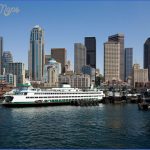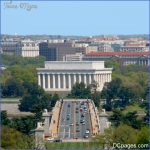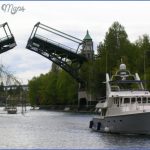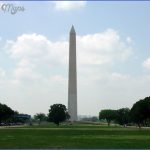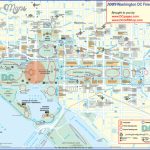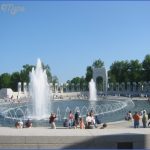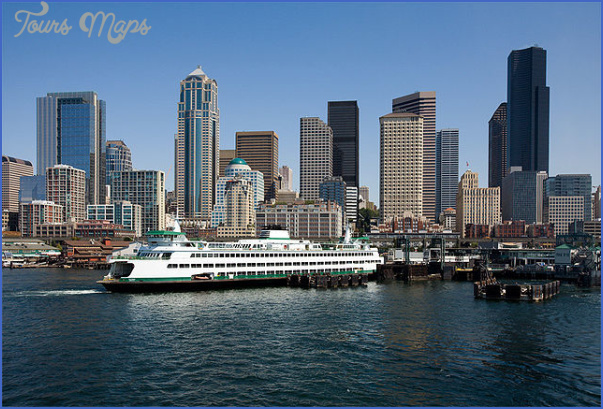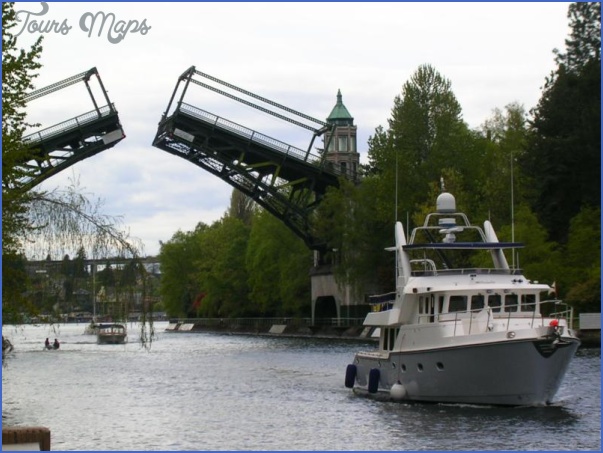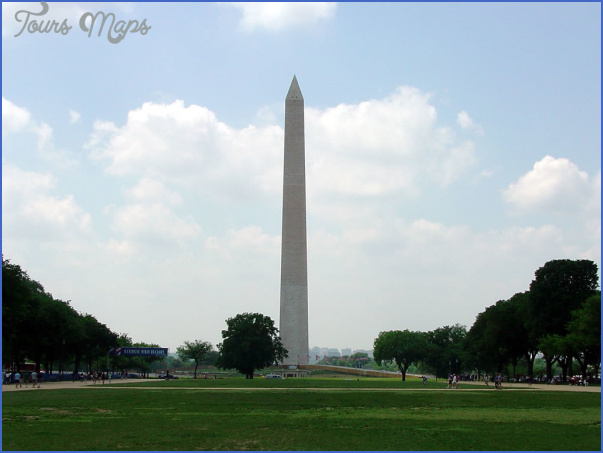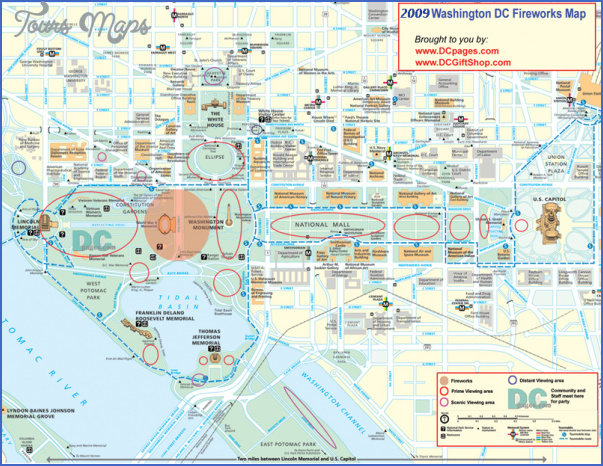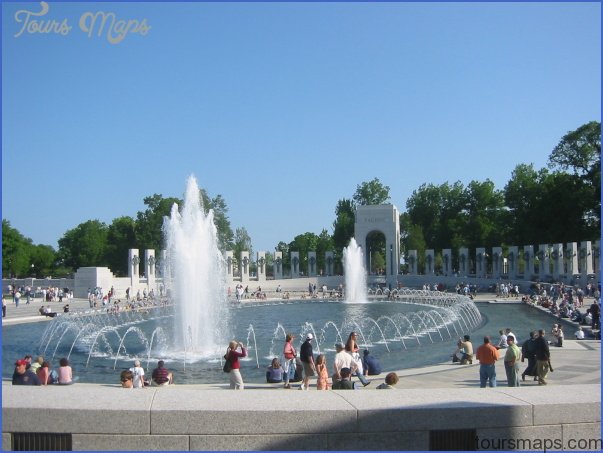Washington Guide for Tourist
OLYMPIC NATIONAL PARK
908,720 acres. This beautiful National Park is located on the Olympic Peninsula in northwest Washington. Included in the region are the rugged Olympic Mountains, with precipitous peaks, rocky ridges, and talus slopes.
Highest point is 7,965-foot Mount Olympus. There are also cliffs and canyons, 60 glaciers, many streams and rivers, high waterfalls, lakes, hot springs, old-growth rain forests, and 57 miles of wilderness beaches.
Among the trees are Douglas fir and Pacific silver fir, Sitka spruce, western hemlock, and cedar. Wildlife includes elk, deer, bear, mountain goat, coyote, and cougar, plus marine mammals such as whale, sea lion, and seal.
Activities: About 600 miles of trails are available for backpacking and hiking. Difficulty ranges from easy to strenuous. Horseback riding is allowed on some trails. Bike use is limited to roads.
Kayaking and canoeing are possible on the Hoh River. Cross-country skiing and snowshoeing are options during the snow season. Fishing is also available. Hunting is prohibited.
Camping Regulations: A free permit is required for backcountry camping. Permits may be obtained from visitor centers, ranger stations, and at trailheads. Pets are prohibited. Camping is allowed in most but not all parts of the park. In some areas camping is restricted to designated sites.
Elsewhere campers are asked to use existing campsites whenever possible, and avoid setting up on vegetation. Sites must be at least 100 feet from water sources and one-half mile from trailheads. Campfires are allowed in some lower-ele-vation areas, but prohibited elsewhere in the park. Maximum group size is 12.
For Further Information: Olympic National Park, 600 East Park Avenue, Port Angeles, WA 98362; (206)452-4501.
Washington Guide for Tourist Photo Gallery
Maybe You Like Them Too
- Arnold A Town with a Heart
- The Best Cities To Visit in The World
- World’s 10 Best Places To Visit
- Map of New York City – New York City Guide And Statistics
- Map of San Francisco – San Francisco Map Free

